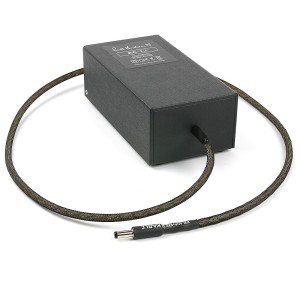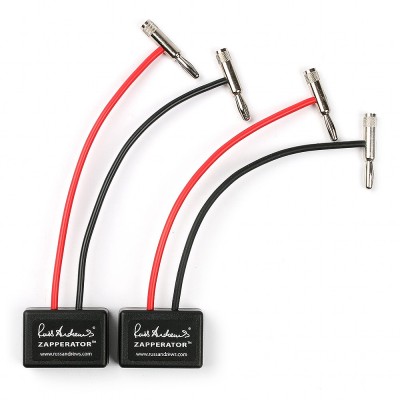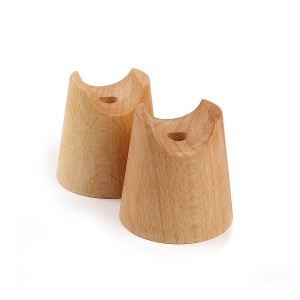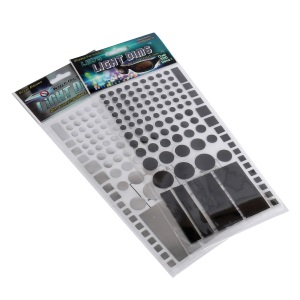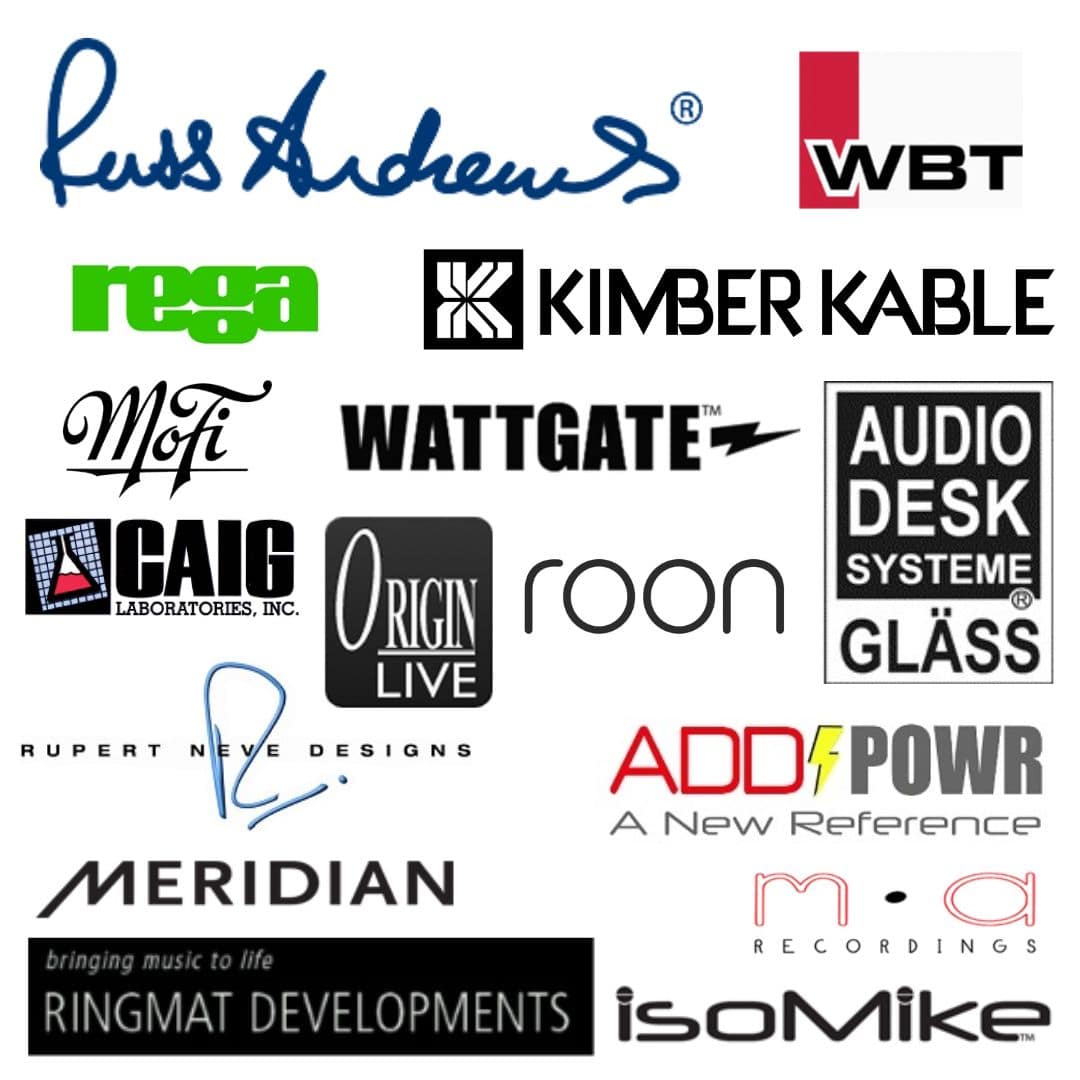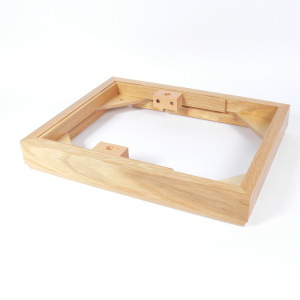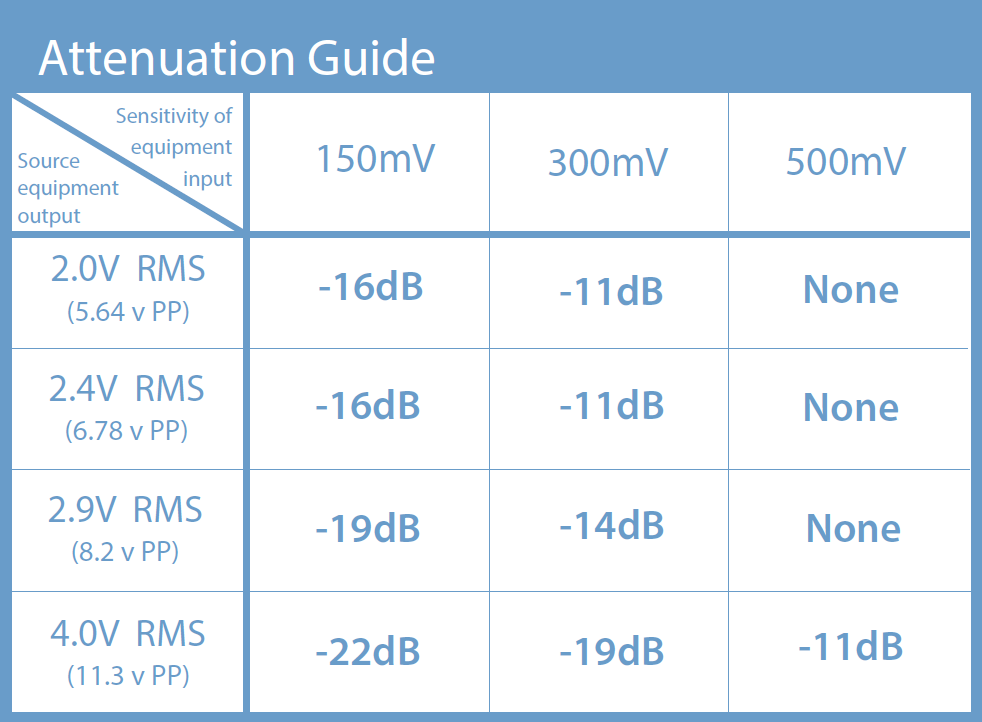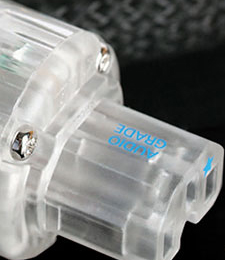In the second step of his Upgrade Path, Russ explains how to go about upgrading your signal cables (that's interconnects and speaker cables to you and me). In this first part we cover interconnects.

2.1. Signal Cables: Interconnects
The purpose of Russ’s Upgrade Path is to reduce the effect of noise, Radio Frequency Interference (RFI), acoustic feedback and other gremlins that reduce musicality, and significantly affect the performance of your system.
The Path is divided into four steps to address these problems. The steps themselves guide you through the upgrade process in the most cost-effective way possible, and help you avoid the many upgrading pitfalls.
If you upgrade your system in the order we suggest, you will get the biggest improvement for your money at each stage.
The First Upgrade Step focused on The Mains and Grounding. This time, we’ll look at the next step: Signal Cables.
The signal cables referred to are interconnects and speaker cables, and here we’ll be focussing on interconnects used in a traditional stereo Hi-Fi system. We’ll look at speaker cables in the next post.
What can we expect cables to do?
Obviously, cables make the electrical connection between all the bits of hardware. It sounds simple enough, but doing it properly without performance penalties is actually very difficult.
Let’s be brutally honest – it’s impossible.
Everything about a cable affects the signal going through it. It subtracts from the signal (it is lossy and slow) and it adds to the signal (it creates distortion and is an aerial for RFI).
There are several elements to a cable’s design that affect its performance – the key ones are the type and purity of the conductors, geometry of the wire, number of conductors, insulation and the connectors used.
For example, you can ‘hear’ the sound of different wire metals; the purity of them; and the different types of insulating materials are equally audible. The construction (geometry, number of conductors and the plugs used) has an even bigger effect on the sound. In our experience, screening an audio cable in the conventional sense degrades the sound, and conductor spacing changes the sound.
The reason we recommend KIMBER KABLE® interconnects and speaker cables exclusively is because, to our ears, they get all these elements as ‘right’ as they can be. Their distinctive designs, high performance conductors and insulation, and even the connectors Kimber use, combine to extract a natural, convincing musical performance from your music source.
Interconnects

The term ‘interconnect’ includes both analogue and digital (low level) connections between all the electronic hardware in the system.
You should upgrade your interconnects before upgrading your speaker cables, because anything lost by the interconnects cannot be recovered later.
Analogue interconnects link source equipment such as a CD player or turntable to your stereo amplifier; supplied in pairs, they are also used to link your preamp to your power amp in this type of set up.
Digital interconnects are used, for example, if you have a two box CD player (transport and DAC) or when connecting a Blu-ray Player to a Home Cinema amp to transmit a signal which remains in the digital domain.
Analogue and digital signals have very different characteristics and a properly designed digital interconnect will not work efficiently as an analogue interconnect and vice versa.
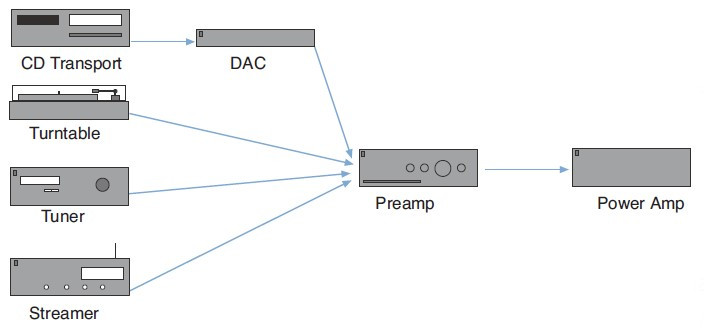
Interconnect connections: the arrows indicate signal flow (or direction) through the system.
Primary Music Source interconnects –
CD players, streamers, DACs
When upgrading your interconnects, it is logical to first ensure you are getting the best out of your music sources, concentrating initially on those you use most frequently and want to upgrade most urgently. CD players, streamers, DACs and DAB radios usually fall into this category because they are harder to get enjoyable music from than, say, turntables.
These components are very sensitive to mains quality, support surfaces (racks, shelves etc) and the connecting cables – but in our view, the time and money spent is well worth the investment because, properly set up, they are more than capable of delivering an accurate and musical sound.
Use any of Kimber’s analogue interconnects to connect the analogue outputs of these components into your amplifier. If you have a two-box source, such as a CD transport and DAC, upgrade the digital interconnect between these two first, followed by the analogue interconnect between the DAC and your amplifier.
Turntables
The vast majority of tone arms on turntables are fitted with general purpose coax arm cables. They are made ‘general purpose’ so that they will work satisfactorily with all cartridges whether they are moving coil or moving magnet types.
Moving magnet cartridge types work into high impedance inputs on your amplifier or phono stage and need coax or screened cables to prevent hum. Moving coil cartridges, on the other hand, are low impedance sources working into low impedance inputs and can deliver improved performance with unscreened cables.
Traditionally, moving-magnet equipped turntables tended to have fixed tone arm cables that could not be changed. However, recently they have begun to sport RCA (phono) sockets which means our TT-1 turntable interconnect and TT-2 turntable interconnect, which are made by us with KIMBER KABLE®, and Kimber's Carbon Phono cable are perfect for this application.
Higher end turntables with moving coil cartridges, of which the LP12 and SME turntables are common examples, have tended to always have detachable tone arm cables. Kimber’s higher-end 'TAK' tone arm cables - fitted with a 90° SME plug or straight arm plugs, and their new Kimber Select Tone Arm Cable range - fitted with straight arm plugs - are perfect to use here.
Once you've upgraded the cables connecting your source/s to your preamp, the next step is to improve the connection between your pre and power amp/s. The principle here is exactly the same as for the source components and any Kimber analogue interconnect will be good - and the higher up the range you go, the better they get.
The only difference in application is that you cannot use attenuation between pre and power amps: attenuation is designed to reduce the overload on the input circuit of your preamp, not its outputs.
XLR vs RCA/Phono
Another question we are asked is which type of connection is better: balanced (XLR) or single ended (RCA/Phono)?. The answer is that it rather depends on how the equipment has been designed.

Some manufacturers (particularly U.S. manufacturers) design their circuits as balanced circuits throughout. If this is the case, they should be connected with balanced cables because the unbalanced (single ended phono) option will be a compromised, lower performance connection.
Some manufacturers have unbalanced circuits but satisfy marketing demand by offering balanced connections. These are often fudged, 'pseudo' balanced outputs that will not sound as good as the unbalanced phono to phono connections.
Do not try to connect balanced to unbalanced circuits if you want the best sound.
Passive preamps
Short leads from passive preamps to power amps are absolutely essential. One metre is the maximum length that should be used, otherwise the cable forms a high pass filter (i.e. – no bass is allowed through), and that filter is variable depending on the setting of the volume control of the passive.
All KIMBER KABLE® interconnects are suitable for use with passive preamps.
Active preamps
If you have a conventional active preamp, you may be able to run long interconnects without any performance penalty. You need a preamp with a healthy low output impedance (75 to 100 ohms) that has a healthy output current. The manufacturer may be able to tell you if their preamp is really capable in this requirement.
If your preamp is good at driving long lengths of interconnect, then it may well pay you to site your amp or amps close to the speakers so that you need run only short lengths of speaker cable. This will enable you to benefit from using a much higher quality cable as the cost of a short length will be more affordable.
NEXT... See Step 2.2. Signal Cables: Loudspeaker Cables
BACK... to Step 1. Mains and Grounding
Written By Russ Andrews












